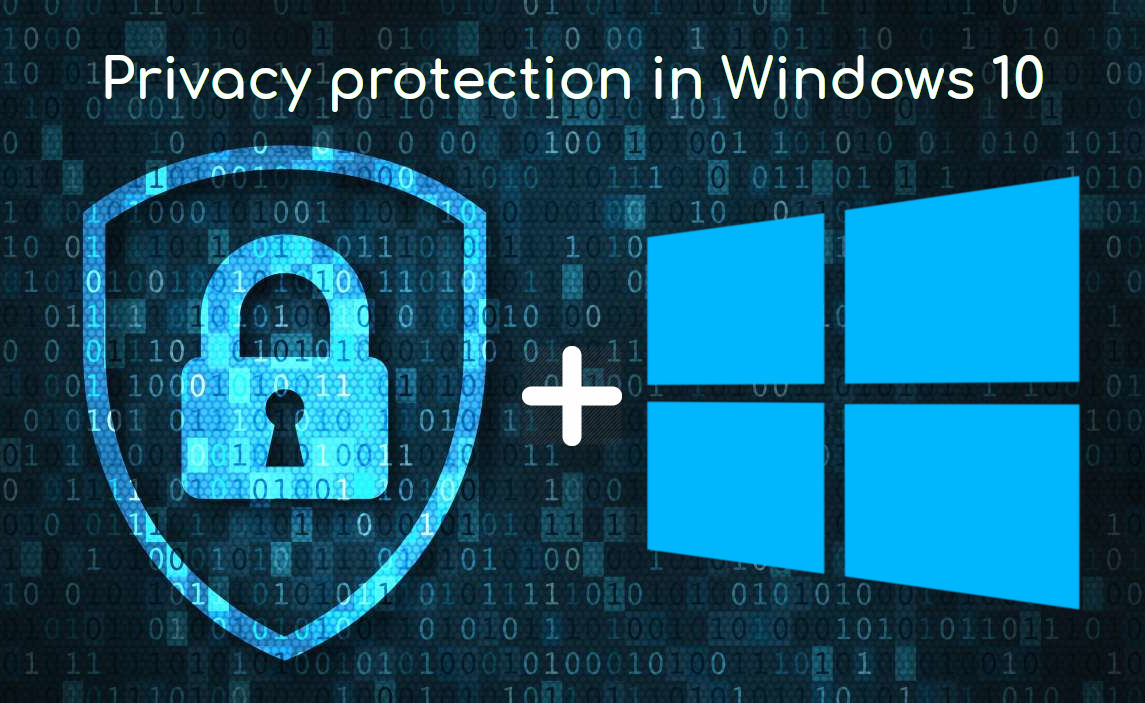The A2P SMS market is witnessing substantial growth due to the increasing need for secure, dependable, and immediate communication across multiple industries. Businesses frequently utilize A2P SMS to send transactional messages, alerts, notifications, promotional messages, and OTPs (One-Time Passwords) to customers. This article delves into the dynamics of the A2P SMS market, shedding light on important trends, factors driving growth, and future prospects.
Gaining insights into the A2P SMS market
A2P SMS, also referred to as business SMS or enterprise SMS, involves the transmission of messages from applications or web platforms to individuals. Unlike P2P (Person-to-Person) SMS, A2P SMS is primarily utilized by businesses for customer engagement, marketing, and transactional purposes, showcasing its effectiveness in enhancing communication and driving business growth.
Common Applications of A2P SMS:
- Transactional Messages: Such as OTPs, payment confirmations, and booking details.
- Advertising Messages: For marketing campaigns, offers, and discounts.
- Notifications and Alerts: Receive notifications and alerts for reminders, updates, and alerts related to services.
- Customer Support: Utilizing automated responses and customer service notifications.
- Enhancing security with OTPs for logins and transactions: A closer look at Two-Factor Authentication (2FA).
The growing popularity of A2P SMS can be attributed to its increasing adoption in the financial services sector.
The financial sector heavily depends on A2P SMS to send secure OTPs, transaction alerts, and account updates. The increasing demand for immediate and secure communication is fueling the popularity of A2P SMS in the banking and financial services industry.
2. The Rapid Expansion of E-commerce and Retail
Many e-commerce and retail businesses utilize A2P SMS to efficiently send important notifications such as order confirmations, shipping updates, and promotional messages. With the rapid growth of the e-commerce sector, there is a projected increase in the demand for A2P SMS.
3. Growing Significance of Customer Engagement
Companies are placing a growing emphasis on tailored and direct communication methods in order to boost customer engagement. A2P SMS provides a direct avenue for delivering customized messages, enhancing the overall customer experience and satisfaction.
4. Increasing the Reach of Healthcare Services
Healthcare providers utilize A2P SMS to send appointment reminders, provide health tips, and notify patients about prescriptions. The healthcare industry’s increasing focus on patient communication and engagement is driving the need for A2P SMS services.
5. Adoption of Government and Public Services
Public service organizations and governments utilize A2P SMS to efficiently distribute public announcements, emergency alerts, and service updates. The increasing demand for efficient and prompt communication is fueling the acceptance of A2P SMS in the public sector.
Factors contributing to the growth of the A2P SMS market include the widespread use of mobile phones.
Given the widespread use of mobile phones worldwide, A2P SMS offers a dependable and widespread means of communication, reaching a diverse audience in various regions.
The increasing popularity of mobile marketing
Mobile marketing is becoming increasingly popular as businesses strive to connect with customers through their mobile devices. Using A2P SMS provides a budget-friendly and effective method to connect with customers through personalized marketing messages.
3. Increased Focus on Security
There is a rising demand for secure communication channels due to the increasing focus on cybersecurity and data protection. A2P SMS is commonly utilized to send secure OTPs and authentication messages, guaranteeing secure and dependable transactions.
4. Affordable Communication
A2P SMS provides a more budget-friendly option for businesses to connect with customers in comparison to conventional marketing channels. Businesses of all sizes find SMS to be an appealing option due to its low cost and high delivery rate.
5. Seamless integration with digital platforms
Integrating A2P SMS with digital platforms and applications expands its functionality and extends its reach. Businesses have the option to effortlessly incorporate SMS services into their CRM systems, e-commerce platforms, and mobile apps to ensure smooth and uninterrupted communication.
Exploring the potential of the A2P SMS market in emerging economies
The A2P SMS market has ample growth opportunities in emerging markets across Asia-Pacific, Latin America, and Africa. The market is projected to experience growth due to the rising popularity of mobile phones and the expanding digital ecosystem in these regions.
2. The Latest Developments in SMS Technology
The ever-evolving SMS services, with their latest technological advancements like rich communication services (RCS) and multimedia integration, are set to revolutionize A2P SMS. This will provide businesses with a wider range of options to engage with their customers.
3. Exploring Opportunities in Different Industries
The use of A2P SMS is growing in various industries, including education, travel, and hospitality, where timely communication and customer interaction are vital. This expansion is anticipated to stimulate market growth and generate fresh prospects.
4. Growing emphasis on customization
Customization is emerging as a significant trend in customer communication. Businesses are now able to provide more personalized messaging options through the evolution of A2P SMS services. This enables them to deliver customized messages that align with customer preferences and behaviors.
5. Updates in Regulations
Anticipated regulatory developments are set to have an effect on the A2P SMS market, with a focus on enhancing data security and minimizing spam. Compliance with these regulations will be essential for businesses, potentially leading to an increased demand for SMS solutions that prioritize security and compliance.
In summary
The A2P SMS market is set to experience ongoing expansion, fueled by the growing need for dependable, secure, and immediate communication across a range of industries. With the increasing recognition of the importance of direct customer engagement and the advantages of mobile marketing, there is a projected increase in the adoption of A2P SMS.
Staying well-informed about market trends and future prospects allows businesses to utilize A2P SMS to enhance their communication strategies, boost customer engagement, and successfully achieve their marketing objectives. The potential of A2P SMS in the future is vast, providing ample opportunities for innovation and growth in the dynamic digital realm.
